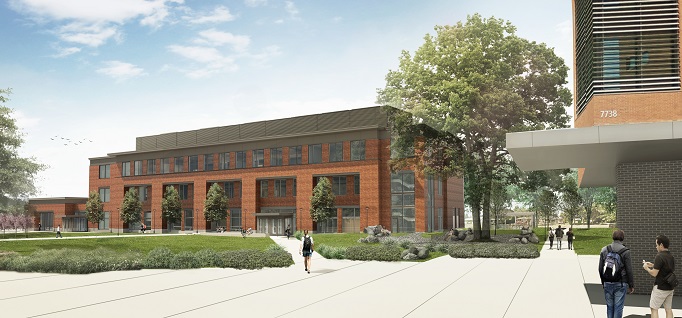Getting to yes
By Heather Boerner
January 26, 2017
How community engagement led to success on a bond measure.
In 2011, a bond measure that would benefit Clackamas Community College (CCC) in Oregon failed. The main lesson from that loss, says CCC President Joanne Truesdell, was to know your demographics, and pay attention as they shift.
“We learned two important things from that experience,” Truesdell says. “One is that we had a larger number of registered independent voters in the area than we had before. That doesn’t mean that they’re fiscally conservative, but it was a significant change. The other thing we learned was that we had [population] growth in the more fiscally conservative areas of our district. So we needed to think much more, and much differently about a bond issue.”
They also learned that they needed to be in greater conversation with their community as it changed.
Enter Imagine Clackamas, a year-long educational campaign pinned to the college’s 50th anniversary, that sent college leaders out into the community without any mention of a future bond measure. The idea, says Truesdell, was to understand what the community needed from the college, and help the community connect with what the college was already doing right.
Imagine Clackamas was the brainchild of Shelly Parini, who, in 2011, was CCC’s associate vice president for college relations and marketing. If the community was different than the college thought, then the college needed to go out and engage the community even more, she says.
Through a process Parini calls appreciative organizing, she worked with college leadership, CCC’s board of trustees, and faculty and staff to implement the process, which involved online surveys, classroom surveys, impromptu surveys and focus groups. Community members told the college how they wanted to be engaged with and that’s how the program proceeded. About 1,500 people took the online and written surveys, 750 responded to impromptu surveys and 100 business and industry folks attended focus groups.
What the process did, Parini says, was “shift the focus from what the college needed, and the system upgrades, to what the community wanted.”
The good news, Truesdell says, was that some of the things the community valued aligned with the capital improvement needs of the college. But the community also wanted more state-of-the-art career and technical training, more programs and classes that could lead to four-year degrees, and more training that would lead to family-wage jobs. They also found from their listening sessions with the business community that industry didn’t want the college to respond to workforce development needs; they wanted them to be a leader.
“All of this helped shape the next bond measure,” Parini says.
Find out what happened next in the forthcoming issue of Community College Journal, available in February.
Has your college passed (or tried to pass) a bond measure? Talk about it on LinkedIn.



